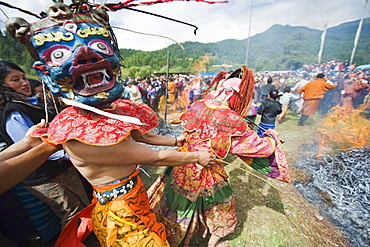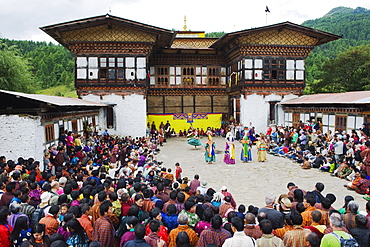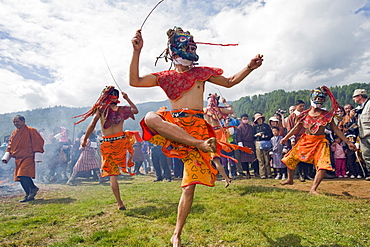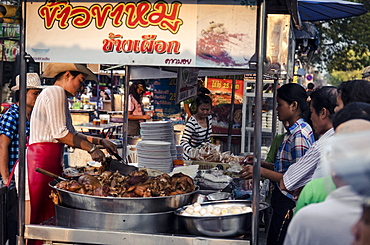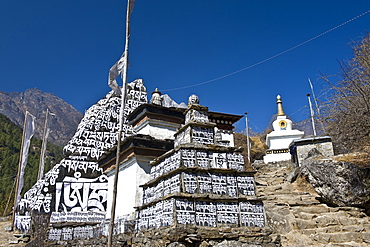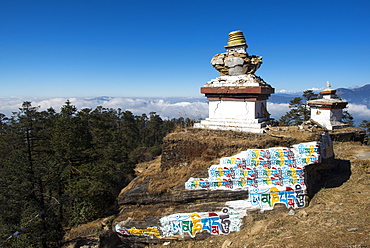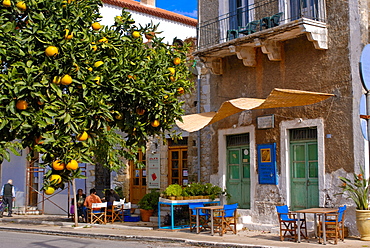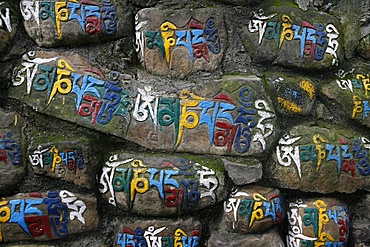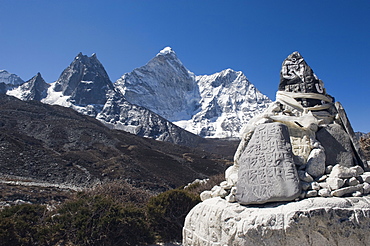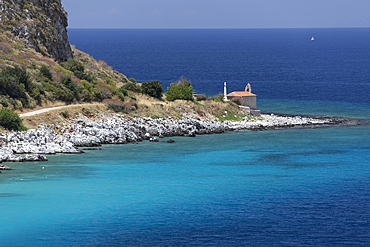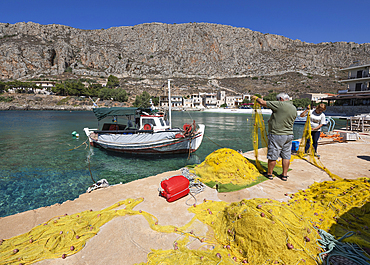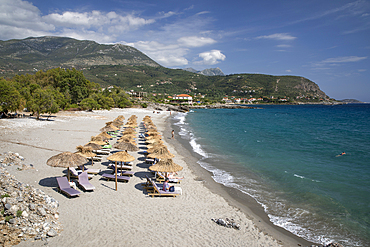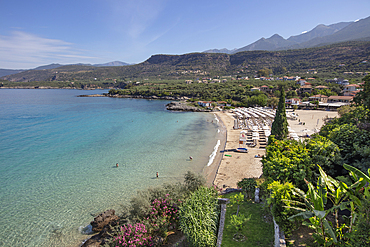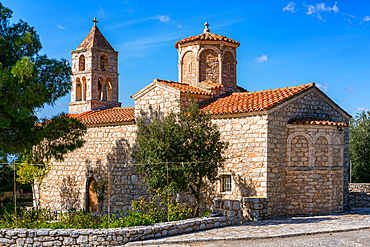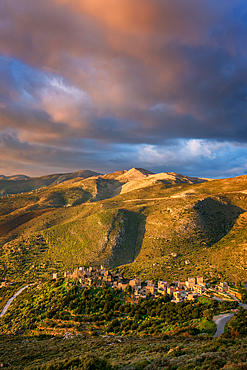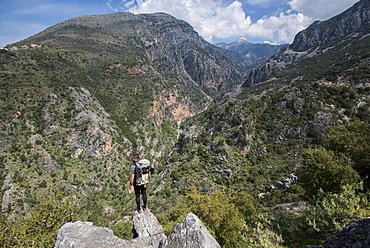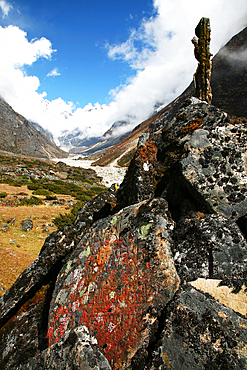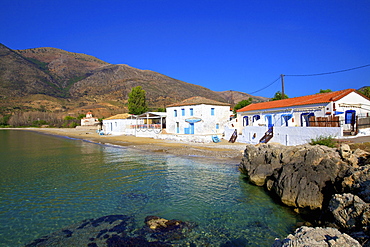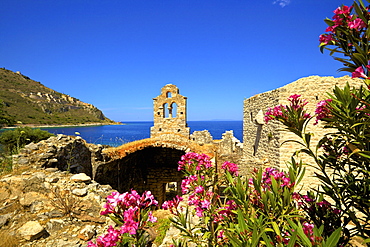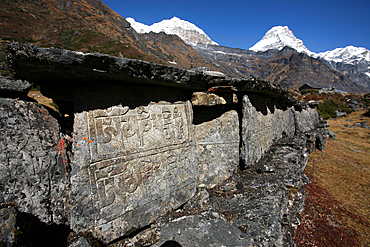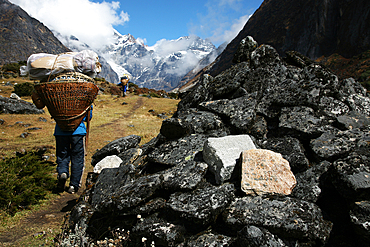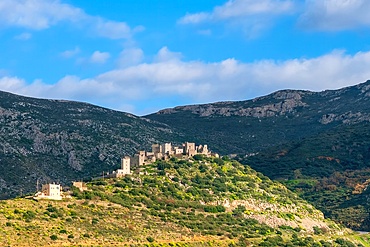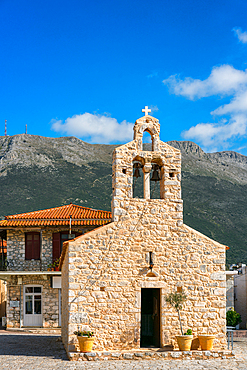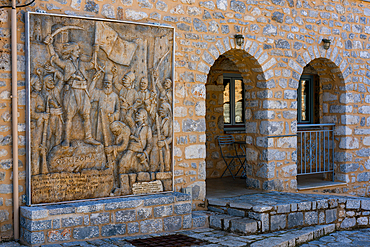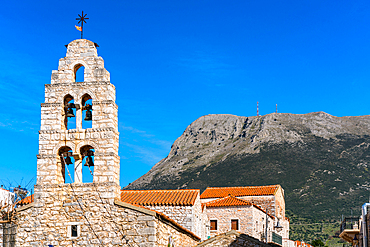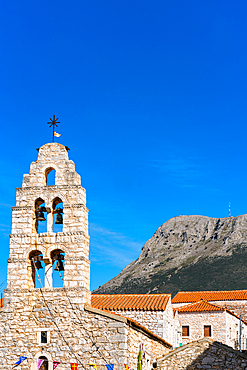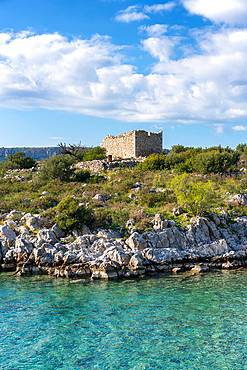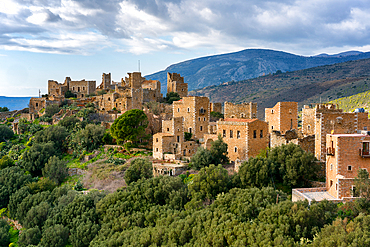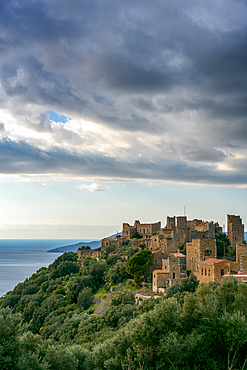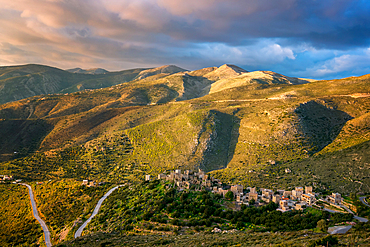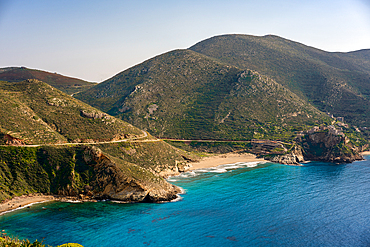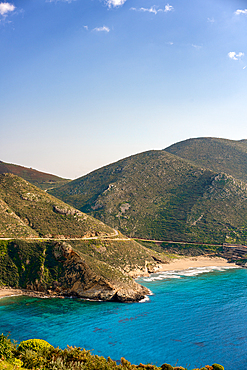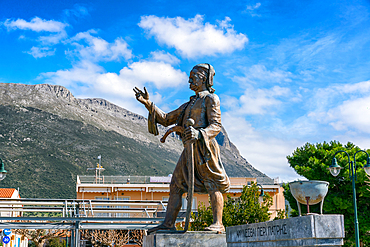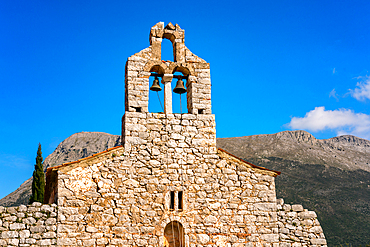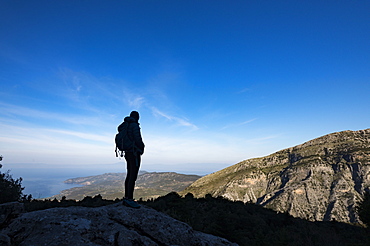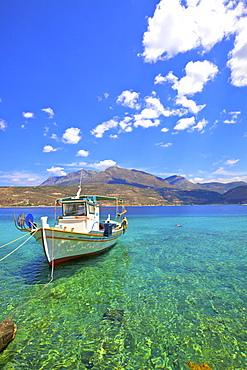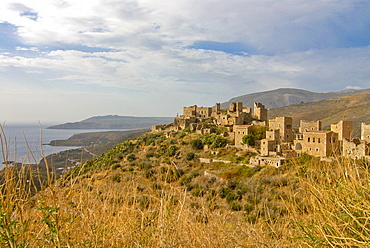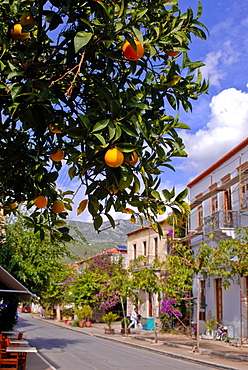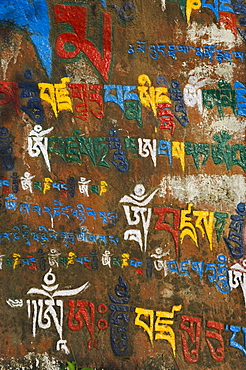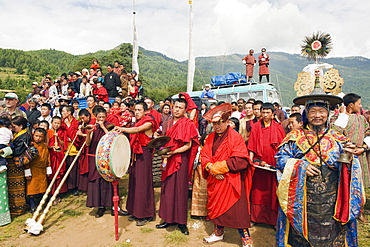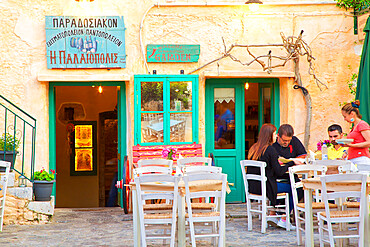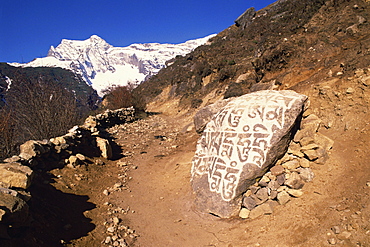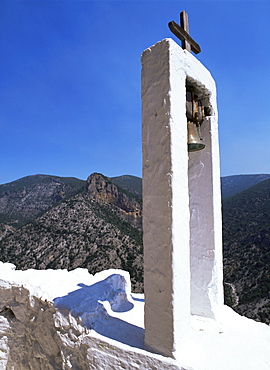Results
95 results found
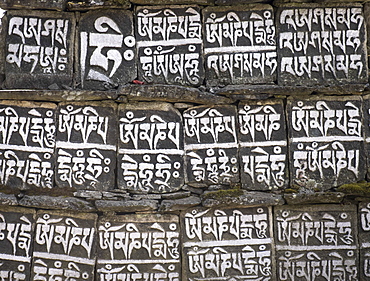
Close up of Mani stones along one of the trekking trails in the Sagarmatha National Park, UNESCO World Heritage Site, Nepal, Asia
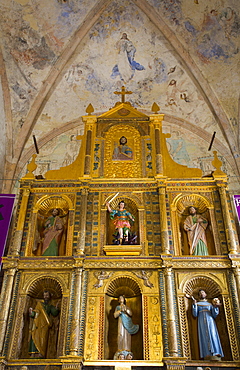
Altar with original frescoes, Former Convent San Miguel Arcangel, founded 1541 AD, Route of the Convents, Mani, Yucatan, Mexico, North America
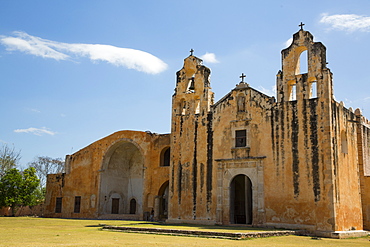
Former Convent San Miguel Arcangel, founded 1541 AD, Route of the Convents, Mani, Yucatan, Mexico, North America
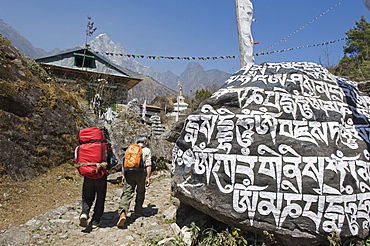
Trekkers walking past a mani stone, Solu Khumbu Everest Region, Sagarmatha National Park, Nepal, Asia
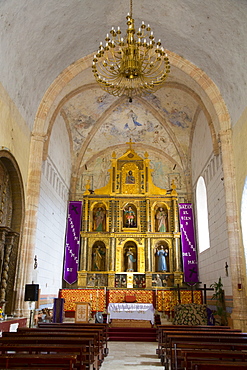
Altar with original frescoes, Former Convent San Miguel Arcangel, founded 1541 AD, Route of the Convents, Mani, Yucatan, Mexico, North America
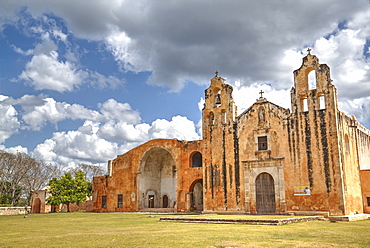
Church and Convent of San Miguel Arcangel, established in 1549, Mani, Route of the Convents, Yucatan, Mexico, North America
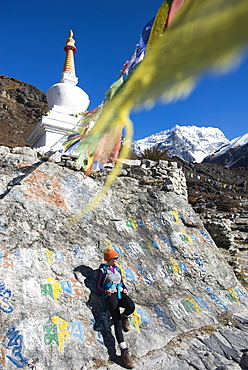
A woman trekking in the Langtang valley stops near a colorful Mani Stone wall below a Stupa decorated with Buddhist prayer flags, Langtang Region, Himalayas, Nepal, Asia

Hiking past a traditional Mani stone wall in the Langtang Valley with views of Ganchempo in the distance, Langtang Region, Himalayas, Nepal, Asia
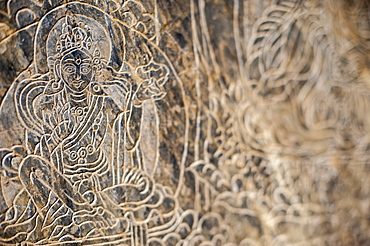
The Mani stone carvings in the Manaslu region are some of the most detailed and beautiful anywhere in the Himalayas, Nepal, Asia
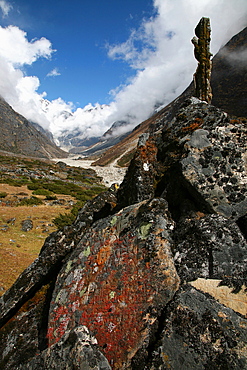
Lichen grows on an old Buddhist mani wall (prayer wall) constructed on the trail from Lukla to Tangnag, near Mera Peak, Khumbu region, Nepal, Himalayas, Asia
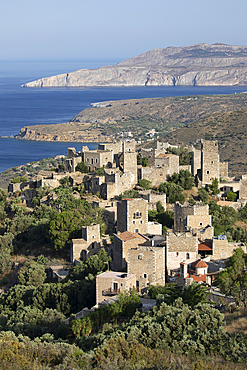
View over traditional tower houses and Mani coastline behind, Vathia, Mani, Peloponnese, Greece, Europe
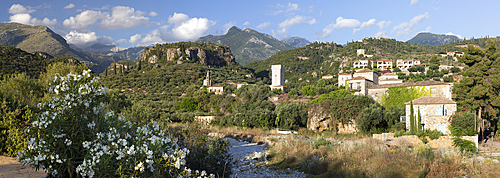
View of Kardamyli old town with Mourtzinos Tower and mountains, Kardamyli, Mani, Messenia, Peloponnese, Greece, Europe
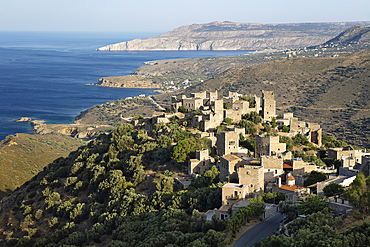
View over traditional tower houses and Mani coastline behind, Vathia, Mani, Peloponnese, Greece, Europe

View of Kardamyli old town with Mourtzinos Tower and mountains, Kardamyli, Mani, Messenia, Peloponnese, Greece, Europe
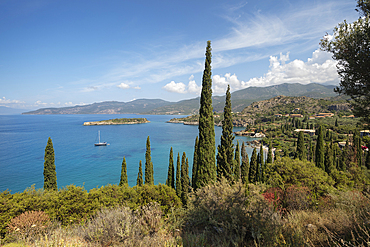
View of Kalamitsi beach and coastline with cypress trees, Kardamyli, Mani, Messenia, Peloponnese, Greece, Europe
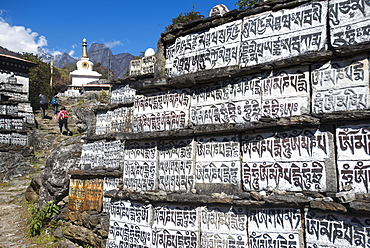
Mani stones inscribed with an ancient Buddhist mantra decorate the trail to Everest Base Camp, Khumbu Region, Nepal, Himalayas, Asia
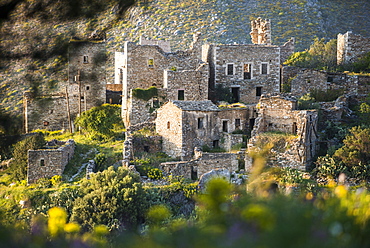
The ancient towers of Vathia among wild spring flowers on the Mani Peninsula in the Peloponnese, Greece, Europe
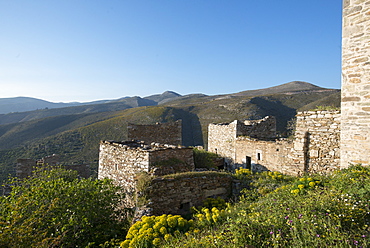
The ancient towers of Vathia among wild spring flowers on the Mani Peninsula in the Peloponnese, Greece, Europe
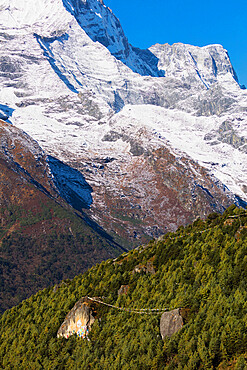
Namche Bazaar, mani stone and prayer flags, Sagarmatha National Park, UNESCO World Heritage Site, Khumbu Valley, Nepal, Himalayas, Asia
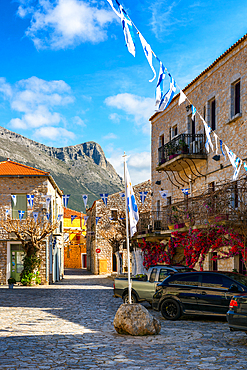
Areopoli historic city center with flags of Greece and Flag of the fighters of the autonomous Mani Peninsula, Peloponnese, Greece
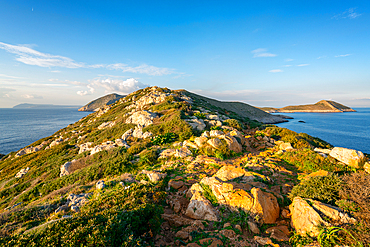
Cape Tainaron (Cape Matapan) landscape, the southernmost point of Greece, Mani Peninsula, Peloponnese, Greece

Cape Tainaron (Cape Matapan) landscape, the southernmost point of Greece, Mani Peninsula, Peloponnese, Greece
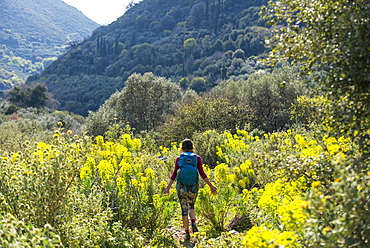
A woman hiking a trail full of abundant wild flowers on the Mani Peninsula in the Peloponnese, Greece, Europe

Areopoli historic city center with flags of Greece and Flag of the fighters of the autonomous Mani Peninsula, Peloponnese, Greece

A Mani wall, inscribed with an ancient Buddhist mantra decorates the trail to Everest Base Camp, Nepal, Himalayas, Asia

Silhouette of Monte Resegone and Monte Due Mani at dawn, Monte Coltignone, Lecco, Lombardy, Italian Alps, Italy, Europe

Mani stones and a Kani are the gateway to a small village in the Kagmara valley in Dolpa, a remote region of Nepal, Himalayas, Asia

Panoramic of Monte Resegone and Monte Due Mani at dawn, Monte Coltignone, Lecco, Lombardy, Italian Alps, Italy, Europe
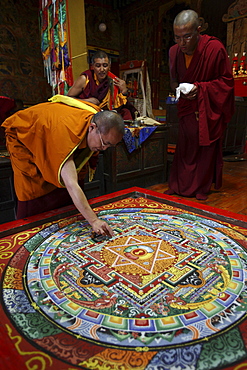
Sang sang rimpoche uses the dorje, a sacred ritual object to make the first decisive cut into the sand mandala on the last day of the mani rimdu festival. chiwang monastery, solu khumbu, nepal. solu khumbu, nepal
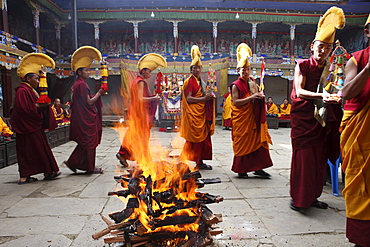
Fire ritual at chiwang monastery during the mani rimdu festival. these monks circumambulate the pyre after its ignition. one holds a long book wrapped in a felicitous scarf. the purifying fire takes the offering and raises them towards the sky in smoke. the circumambulatory ritual also recalls the way disciples showed respect for the buddhas body. solu khumbu, nepal
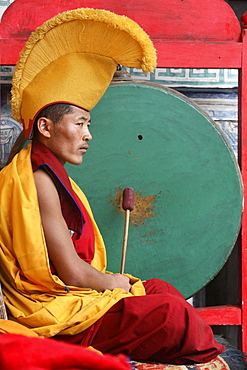
Monk beating traditional drum called gong, int he courtyard of chiwang monastery during mani rimdu festival. chiwang monastery, solu khumbu, nepal

Mani mask dancers at mani festival marks setting in of spring season in humla. masked dances diversion a long-established part of bonpo religious ceremonies.Dance Is means by which supernatural forces be brought down to world of. Dance recalls a time when distance between spirits samll. Humla, north-west nepal
